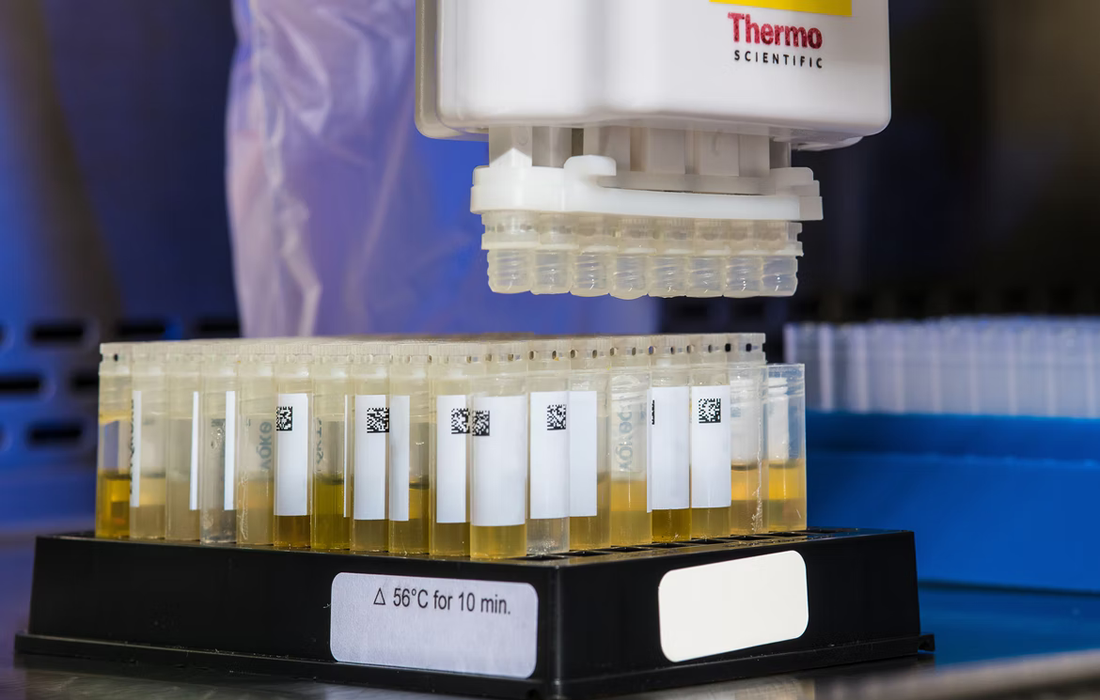Regenerative Medicine News and General Information
Bacteria in Urine Could Help Diagnose Prostate Cancer
Prostate cancer is the most common nonskin malignancy in men in developed countries, with over 250,000 deaths annually worldwide. Its clinical course can be highly heterogeneous, and critical decisions are made about the likelihood of aggressive disease based on information obtained at presentation, including histopathological scores.
Genetic inheritance and ethnicity have established roles in prostate cancer development, while chronic inflammation has also been proposed as an aetiological factor.
Bacteria are known to be present in the urogenital tract and in prostate tissue, and bacteria isolated from the prostate can cause inflammation in animal models. This is why in a recent study published in the journal Europe Urology Oncology, researchers investigated the prognostic potential of bacteria present in the urine microbiome and its role in prostate cancer.
Potential Prognostic Test
For the study, the team used urine samples collected from 318 people in the U.K. who were being assessed for prostate cancer or for blood in their urine and examined their health outcomes for up to 6 years after the sample. They analyzed the urine for different bacteria.
They also examined prostate biopsies from 204 patients collected between 2004 and 2014 and tracked these patients for 3.5 years on average to detect signs of aggressive prostate cancer.
The researchers found a link between certain bacteria in urine sediments and prostate cancer risk. Four new bacteria were identified that were frequently found in the urine of patients with prostate cancer metastasis, including Porphyromonas sp. nov., Varibaculum sp. nov., Peptoniphilus sp. nov., and Fenollaria sp. nov.
The researchers conclude that their findings suggest certain anaerobic bacteria have the prognostic potential for prostate cancer.
Source:
Rachel Hurst, et al. Microbiomes of Urine and the Prostate Are Linked to Human Prostate Cancer Risk Groups. 2022. Eur. Urol. Oncol. DOI:https://doi.org/10.1016/j.euo.2022.03.006
Image from:

